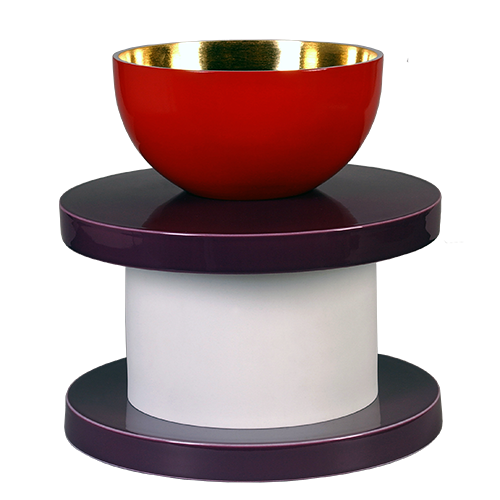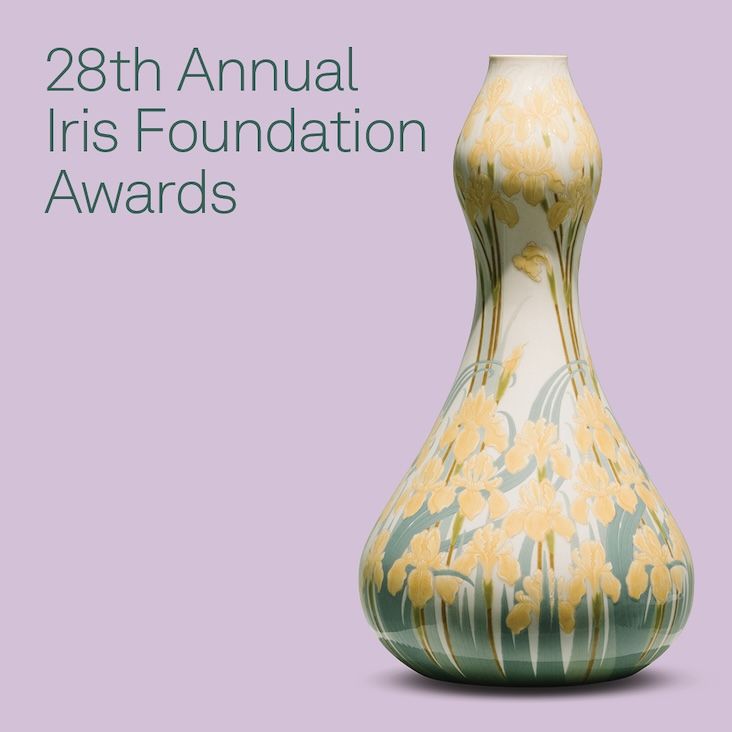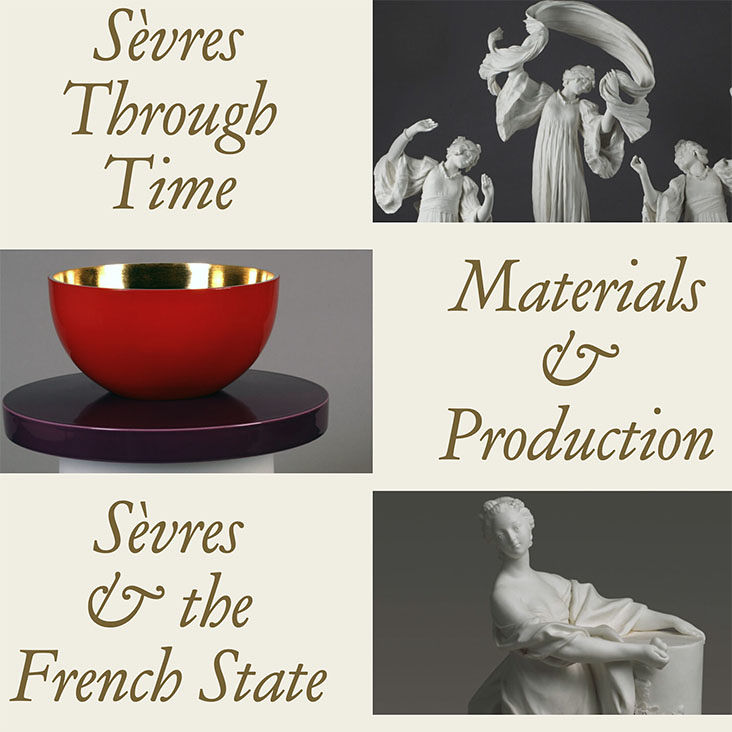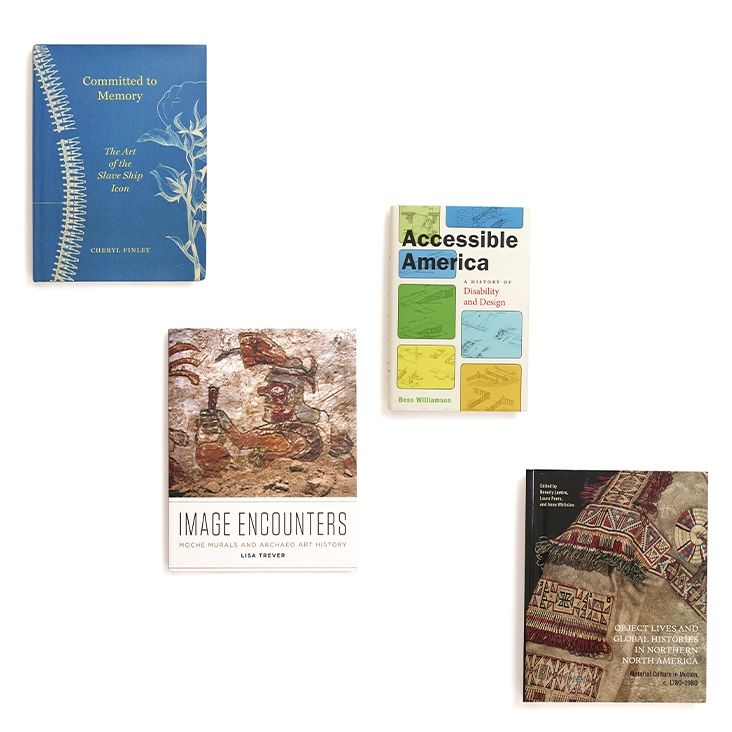Unknown maker, Cordova Bay Tlingit
Coconut shell, paint
5.5 x 5.1 in (14 x 13 cm)
Collected by George T. Emmons in 1894
American Museum of Natural History E/2521
When George Emmons collected this unusual carved coconut from
the Tlingit in Cordova Bay, Prince of Wales Island, he posited its use as a
drinking bowl but recorded in his manuscript notes that little was known of it
other than its reputed age. However, its material and design allow us to
propose a compelling narrative of artistic exchange prompted by intercultural
trade.
The interpretation of a whale on this vessel
demonstrates the creative application of conventional formline elements to a
novel three-dimensional material. Design motifs wrap around the sphere so that
the animal’s fins curve along the sides of its face, and its tail comes to rest
beneath the hole serving as its mouth. This orifice was created by opening and
enlarging one of three naturally occurring indentations in the top of the
coconut, with the other two constituting the whale’s nostrils. Traces of
pigment remain on the eyes, suggesting that areas of this carving were once
painted. In describing the larger group of collected items that includes this
coconut, Emmons remarked that most came from shamans’ gravehouses. The
rounded, open mouth of the whale resembles those found on Tlingit shamanic
figures and masks (fig. IVa). Emmons and others often characterized anthropomorphic
figures with this expression as “shamans singing.” However, the open mouth
might also be associated with other supernatural or liminal beings, such as the
highly personal spirit helpers that were often depicted on the power-imbued
objects in shamanic kits. Although many animals were associated with the
spiritual realm, the whale was frequently portrayed in this context as well as
being a common family crest. Like chiefs in other social arenas, shamans
were known to assimilate foreign materials, object types or motifs into their
paraphernalia (see throwing stick, cat. 3).
Emmons suggested in his collection notes that
this coconut traveled across the Pacific on the Japan Current, but it more
likely arrived with British or American fur traders in the late eighteenth or
early nineteenth century. Coconuts obtained from tropical locales provided
an alternative material for scrimshawing, a popular means of counteracting the
tedium and monotony of sea life (see mermaid figure, cat. 21). Sailors worked
coconuts when they were fresh and green—and hence easier to carve—suggesting
that the Tlingit coconut arrived in Alaska more quickly than the Japan Current
would have allowed. Moreover, it is
not the only known coconut to have been repurposed on the Northwest Coast, so
its presence there likely owed little to happenstance (fig. IVb).
The treatment of the Tlingit coconut is
remarkably analogous to a type of scrimshaw carving now known as the “bugbear
flask” (fig. IVc). The term “bugbear” is synonymous with “hobgoblin” or
“bogey,” a physical manifestation of imaginary or idle fears. European
flasks of coconut vary widely in size and aspect, bearing assorted imagery
ranging from religious references to floral decoration, portraits, and marine
motifs. Consistently, one end is adorned with a face in precisely the same
orientation as that of this whale, with a mouth similarly formed. Holes in
the chin and nose of the whale may indicate the former presence of a carrying
strap or a nozzle housing a stopper, as found on known bugbear flasks. At least
some of the European vessels contained gunpowder. Unidentified black accretions
found within this Tlingit example could reflect a similar use, consistent with
the indigenization of other objects associated with firearms (see ammunition
case, cat. 12).
The Tlingit would have had ample opportunity
to view, or even possess, bugbear flasks. Sailors’ personal articles were
sometimes offered for trade, and where relationships developed, gifts as well
as goods were continually exchanged. The decision to render a whale may
even reference the seafarers who supplied the coconut. Whether used as a
shamanic device, as a crest-adorned drinking cup, or as a gunpowder flask
reflecting Western imagery and carving techniques, this deceptively simple
object certainly presents a potentially complex story. [Sara Spink]
Manuscript Catalogue, American Museum of Natural History.
Letter from George Emmons to Morris K. Jesup, October 15, 1894. American Museum of Natural History.
Jonaitis, Art of the Northern Tlingit (Seattle: University of Washington Press, 1986), 27; Allen Wardwell, Tangible Visions: Northwest Coast Indian Shamanism and its Art (New York: The Monacelli Press with the Corvus Press, 1996), 83.
Jonaitis, Art of the Northern Tlingit, 32–33, 88–90, 95–97. Jonaitis reports that items representing the killer whale were found in 48 percent of a sampled set of twenty-three Northern Tlingit shamanic graves. It should be noted that Cordova Bay, where Emmons obtained this coconut, is at the southern end of Tlingit territory.
The period 1785 to 1840 was the heyday of the sea otter trade, with Britain and America providing most of the traffic. See Marius Barbeau, All Hands Aboard Scrimshawing (Salem MA.: Peabody Museum of Salem: 1973), 3; James R. Gibson, Otter Skins, Boston Ships, and China Goods: The Maritime Fur Trade of the Northwest Coast: 1785–1841 (Seattle: University of Washington Press, 1992), 20–21, 30–31, 35.
See Michael McManus, A Treasury of American Scrimshaw (New York: Penguin Studio, 1997), 137. Coconuts were easily obtained during stops made in Hawaii and other Pacific islands. See Gibson, Otter Skins, 38–50; Barbeau, All Hands Aboard, 10.
The coconut vessel in figure IVb was collected in 1876 by James Swan among the Tsimshian at Port Simpson. According to Swan’s collection records, it was used as a tobacco box and, perhaps significantly, was said to have belonged to a shaman. See also Smithsonian Institution, “Alaska Native Collections: Sharing Knowledge” (http://alaska.si.edu/record.asp?id=523).
William Dwight Whitney, “Bugbear,” The Century Dictionary and Cyclopedia, vol. 1 (New York: The Century Company, 1906), 711; Henry Watson Fowler and Francis George Fowler, “Bogie,” The Concise Oxford Dictionary of Current English (Oxford: Clarendon Press, 1917), 91. Its depiction on the flasks may reflect marine lore and superstition.
Euro-American examples fashion eyes of the other two naturally occurring indentations, but the resemblance is nevertheless unmistakable. Many extant bugbear flasks are of Spanish, Portuguese, French, and British origin, although crews of American fur trading vessels were international. See Mary Malloy, Souvenirs of the Fur Trade: Northwest Coast Indian Art and Artifacts Collected by American Mariners, 1788–1844 (Salem MA: Peabody Museum Press, 2000), xv.
Personal communication, Judith Levinson, Director of Conservation, American Museum of Natural History.
Malloy, Souvenirs of the Fur Trade, 16. Native peoples were also sometimes transported down the coast. The carver of this coconut may have spent time aboard a fur-trading vessel, thereby gaining access to both the coconut and to sailors’ carvings as models (ibid., 14–15, 49; personal communication, Stuart Frank, Senior Curator, New Bedford Whaling Museum).










.jpg,732x732,c)
















